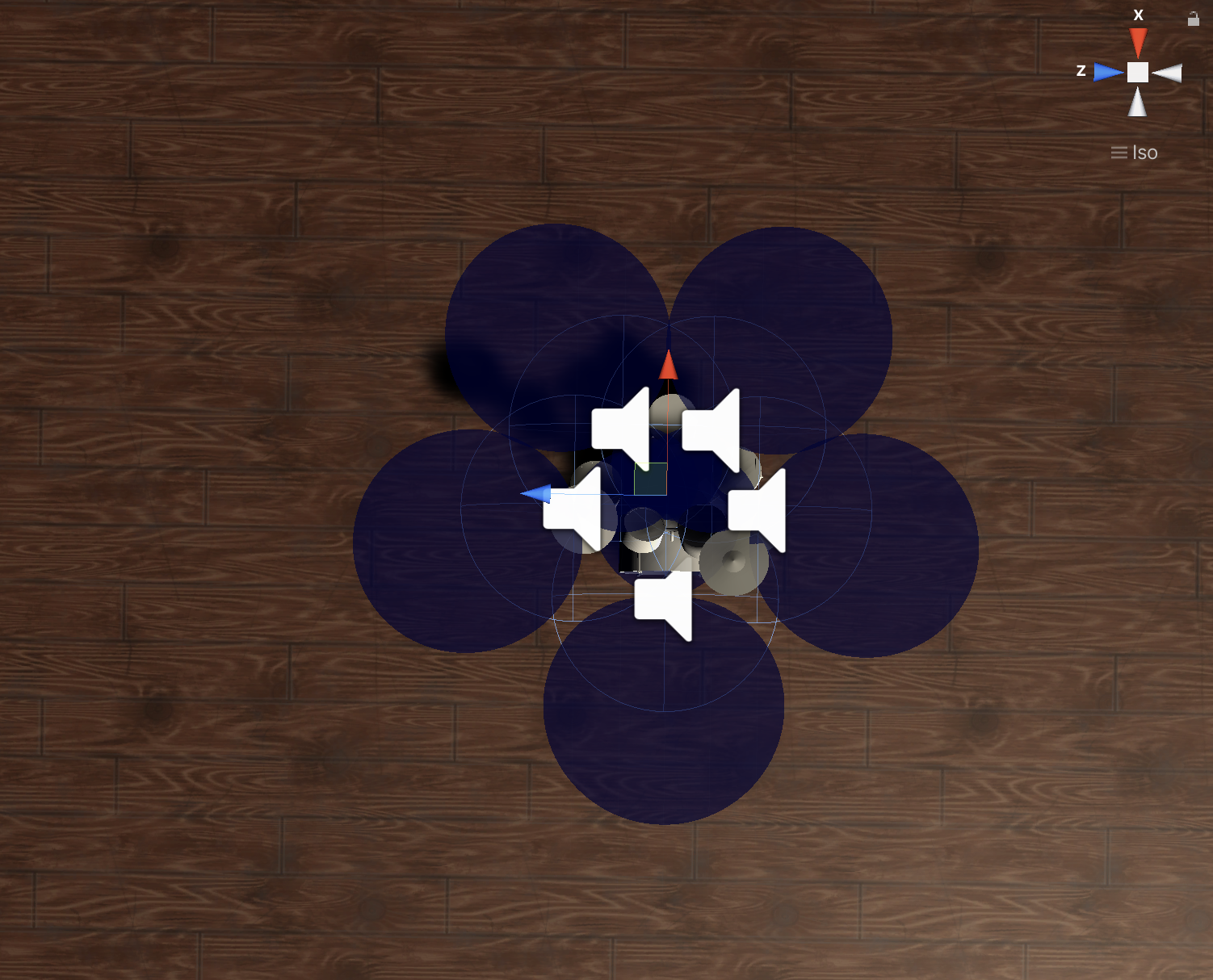Drum Set Session
A session to implement and test out the mth array on a multi-timbral sound source
The goal of this session was to take the ideology from the Holographic Marimba and Drum Set Recording and further explore the options when miking a multi-timbral sound source such as a drum set.
My peers at NYU (Kerri Chandler, Parichat Songmuang, Paul Geluso) and I developed a system that we used to create Holographic Sound Recordings of Multi-Timbral Audio Sources. We titled the system the Multi-Timbral Hologram Array, or MtH Array (pronounced myth). the MtH Array is ideal for miking sound sourced that have multiple distinct parts, such as a drum set with cymbals, snare, kick, and toms. The same ideology could be applied to more compact instruments such as a violin, but it was found during the Violin & Viola Session that a system that captures overall radiation characteristics (such as a reverse-tetra array) works perfectly well in that scenario.
You can experience the Holographic Sound Recording Here on my itch.io page.
2nd Order MtH Array (side view)
In the explanation video, I refer to the array as the Multi-Channel Pyramid Array. This is because we were experimenting with the idea of adding a top “Z-Channel” microphone. This, in practice, ended up not being such an ideal component of the array (I will go more into this in a moment).
The concept behind the MtH Array is an array that can dynamically adapt to the size and complexity of a sound source. Within it’s design, it can be configured in different orders, such as 1st order, 2nd order, 3rd order, etc. Each order adds more microphones to capture more Acoustical Points of Interest the sound source has.
Acoustical Points of Interest within the context of creating Holographic Sound Recordings are defined as points where unique sounds are emanating from a sound source. Ideally, each mic should be placed in an area where it will receive the most direct and de-correlated sound from the other microphones. Each position should also be chosen with care, creative adjustments for better timbre and transient response should always be considered over precise mathematical measurements. For the drum set, we chose a primary point of interest and then sub-points of interest. All the microphones should be equidistant from the primary point of interest. One microphone should be placed towards the primary point while the others are placed pointed towards the sub-points of interest.
In a 2nd order MtH Array, four cardioid microphones are placed at 90º from each other, creating the vertices of a square. 1st order is a triangle, with cardioid (or perhaps wide-cardioid) microphones placed at 60º from their neighbors. 3rd order is a pentagon, with hyper-cardioid microphones placed at 108º from their neighbors. In this session, Kerri and I experimented with 2nd and 3rd order MtH Arrays. We also experimented with the addition of a Z-channel microphone placed above the drum set. You can see how the microphones were implemented in the Unity screenshots below.
2nd Order MtH Array (top view)
3rd Order MtH Array (side view)
Z-Channel Microphone
3rd Order MtH Array (top view)
Because the drums were recorded in a dry room. A virtual room was created with google resonance. The build of this is available through my itch.io page and includes several features I coded in to give the listener the ability to A/B the different arrays. Please go and give them a listen and let me know what you think! Which array did you like better and why? Thank you so much for reading about my work.
Google Resonance Virtual Room boundaries





